.png)

.png)


.png)
.png)
.png)
.png)

_1747468634_WNo_1600d900.webp)
T Branch Connectors are critical components in modern electrical and solar photovoltaic (PV) systems, enabling efficient parallel or series-parallel connections of power sources. Their T-shaped design allows multiple input cables to merge into a single output, simplifying wiring and enhancing system reliability. Predominantly used in solar installations, these connectors are compatible with MC4 standards, offering secure, weatherproof, and high-performance connections. According to PNTECH, T Branch Connectors have become a cornerstone of renewable energy systems due to their ease of use and durability. This guide, crafted by Handa Power, a manufacturer with over 15 years of expertise in solar connectors, provides an in-depth exploration of T Branch Connectors, covering their history, applications, technical details, and practical insights.
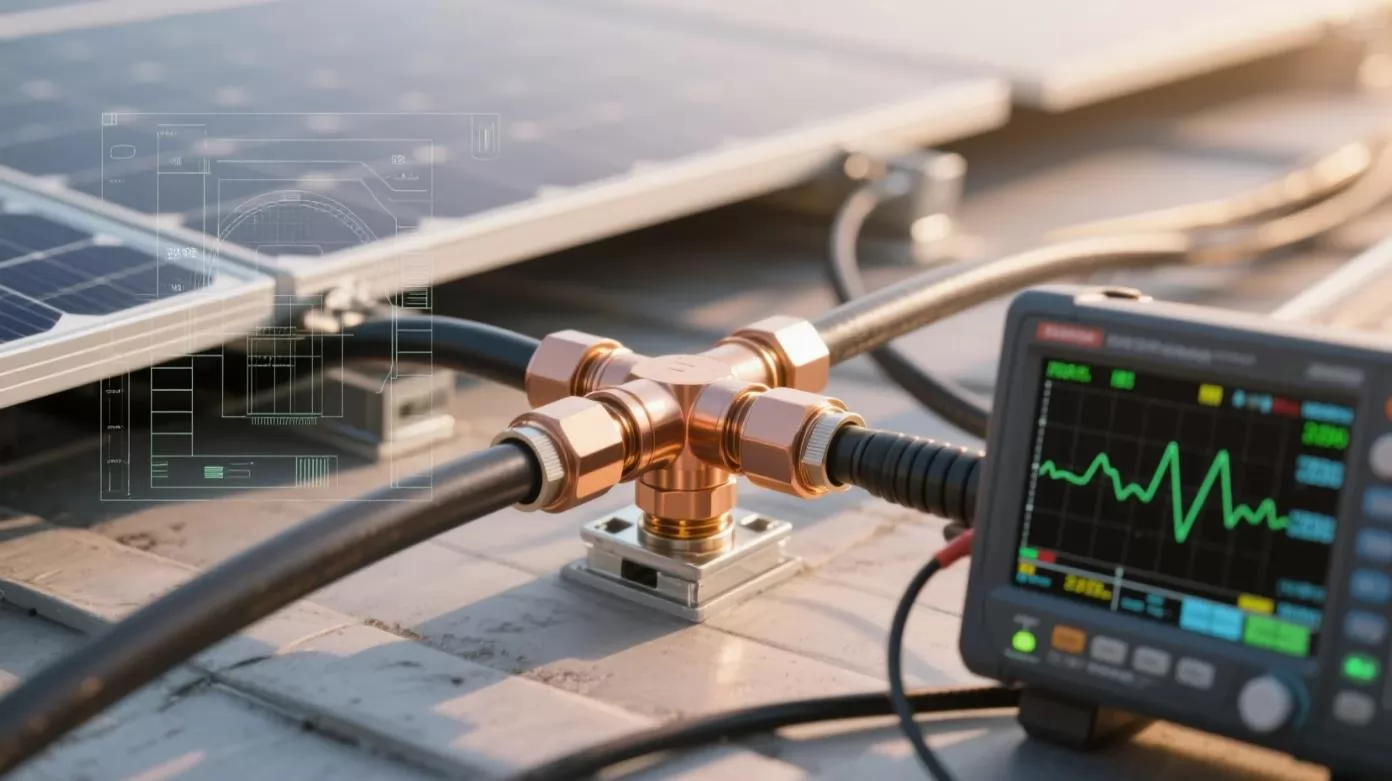
The origins of T Branch Connectors trace back to the rapid growth of solar energy in the 1980s and 1990s. Early PV systems relied on cumbersome wiring setups, which were inefficient and prone to faults. The introduction of MC4 connectors by Multi-Contact (now Stäubli) in the 1990s standardized solar connections, creating a foundation for T Branch Connectors. By the early 2000s, these connectors were widely adopted to support scalable PV arrays. Advancements in materials, such as UV-resistant plastics and high-conductivity metals, enabled higher voltage ratings (up to 1500V DC) and improved environmental resilience. Today, manufacturers like Handa Power are pushing boundaries with tool-free designs and enhanced certifications, aligning with the global shift toward renewable energy.
Key milestones include:
| Year | Development |
|---|---|
| 1990s | MC4 standardization enables T Branch Connector development |
| 2005 | Introduction of IP67-rated connectors for outdoor use |
| 2015 | 1500V DC connectors emerge for utility-scale PV systems |
| 2020 | Tool-free and smart connectors gain traction |
T Branch Connectors are versatile, supporting a wide range of applications beyond solar energy. Their ability to streamline power distribution makes them indispensable in multiple sectors.
| Industry | Application | Example Use Case |
|---|---|---|
| Solar Energy | Parallel connection of PV panels | Residential rooftop systems, as seen in Current Connected |
| Automotive | Power branching in EVs | Battery management systems |
| Marine | Electrical circuit branching | Solar-powered yachts |
| Industrial Automation | Connecting sensors/actuators | Factory power distribution |
| Energy Storage | Integrating battery banks | Solar-plus-storage microgrids |
Their adaptability ensures they meet the needs of both small-scale and large-scale projects, from off-grid cabins to utility-scale solar farms.
_1747621200_WNo_1600d900.webp)
T Branch Connectors offer significant advantages, making them a preferred choice for engineers and installers. These benefits include:
Handa Power’s connectors enhance these benefits with features like tool-free unlocking and high-current capacity, ensuring reliability in demanding environments.
T Branch Connectors come in various configurations to suit different system designs. Understanding these types helps in selecting the right connector.
| Type | Description | Typical Use |
|---|---|---|
| 2-to-1 | Combines two inputs into one output | Small to medium PV systems |
| 3-to-1 | Merges three inputs into one output | Large PV arrays |
| 4-to-1 | Connects four inputs to one output | Utility-scale projects |
| Fused | Includes overcurrent protection | High-risk industrial systems |
| Custom | Tailored voltage/current ratings | Specialized applications |
Handa Power offers a range of configurations, including custom solutions for extreme environments.
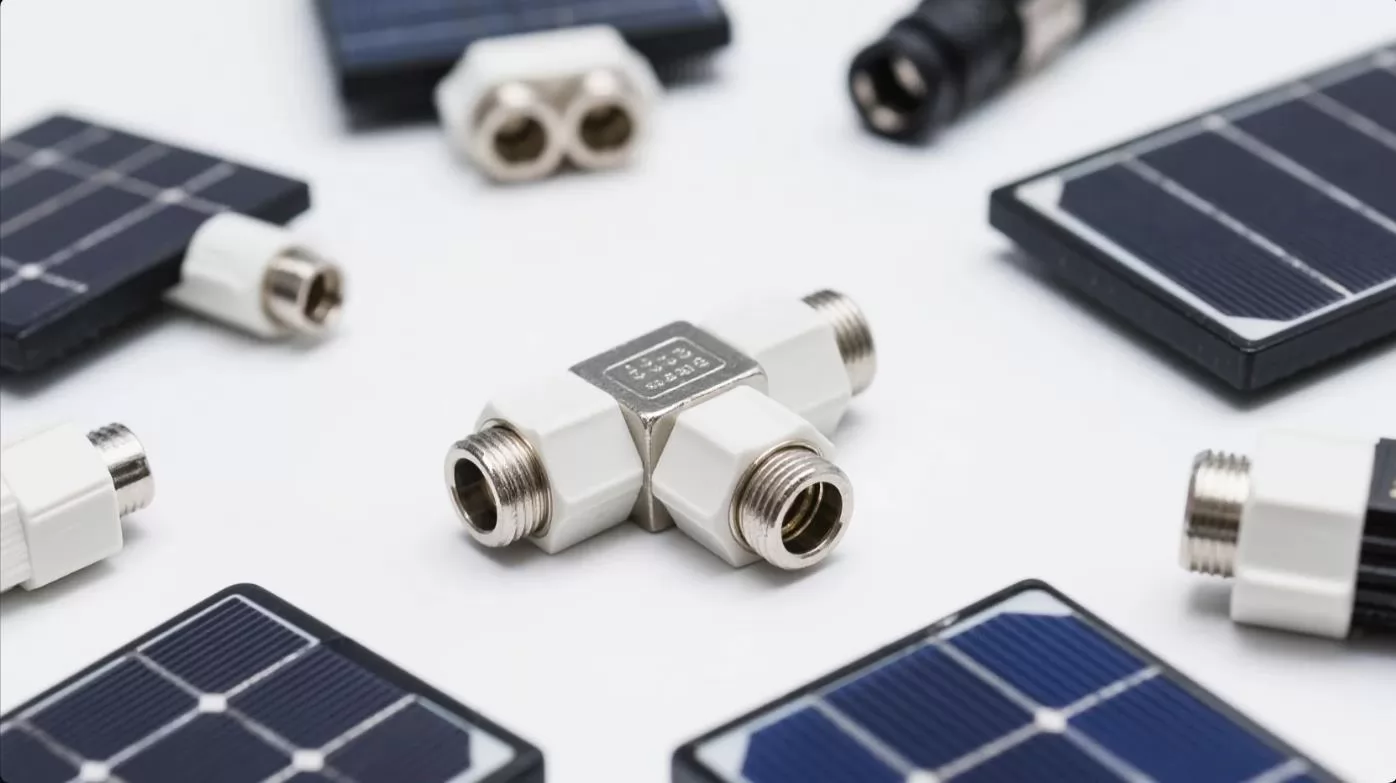
Selecting a T Branch Connector requires understanding its technical specifications to ensure compatibility and performance.
| Parameter | Typical Range | Handa Power Example | Importance |
|---|---|---|---|
| Voltage Rating | 1000V–1500V DC | 1500V DC | Ensures compatibility with high-voltage systems |
| Current Rating | 30A–55A | 55A | Supports high-current applications |
| IP Rating | IP67–IP68 | IP68 | Protects against environmental factors |
| Temperature Range | -40°C to +85°C | -40°C to +90°C | Ensures performance in extreme climates |
| Certifications | IEC 62852, TUV, UL | IEC 62852, TUV | Validates safety and reliability |
Standards Compliance: Adherence to standards like IEC 62852 ensures interoperability and safety. TUV certification, common in Handa Power products, verifies long-term durability. Always verify specifications against system requirements.
Choosing the appropriate T Branch Connector involves evaluating several factors:
Consulting with a supplier or engineer can help tailor selections to specific needs. Handa Power offers free consultations at our contact page.
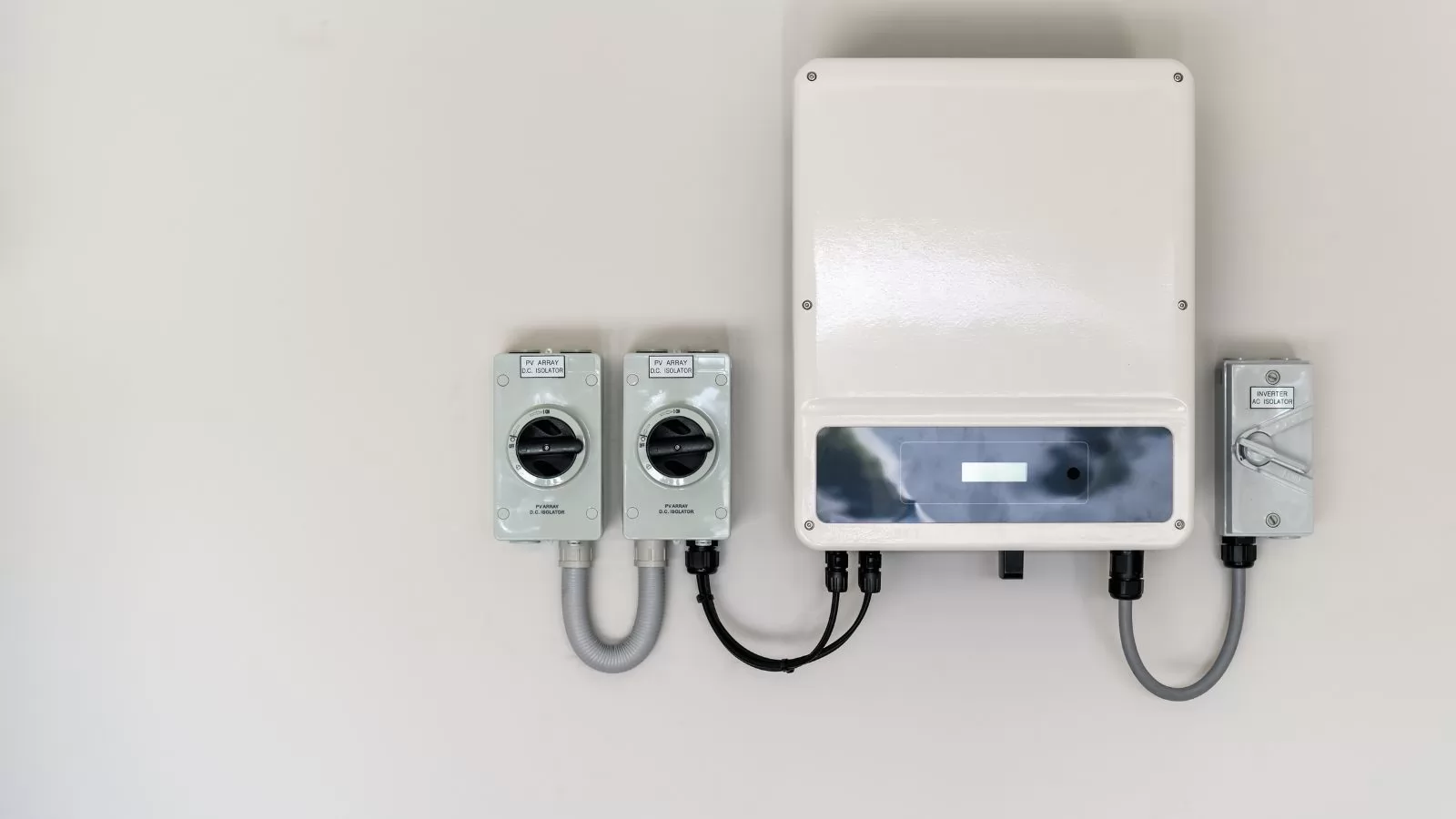
Proper installation is critical for safety and performance. Follow this comprehensive guide:
Handa Power provides video tutorials at our resources page for visual guidance.
Handa Power, a leader in solar connectors since 2012, offers a premium range of T Branch Connectors designed for reliability and performance.
| Rated Voltage | 1500V DC |
| Rated Impulse Voltage | 16KV |
| Rated Current (85℃) | 55A |
| Wet Insulation Resistance | ≥500MΩ |
| Contact Resistance | ≤0.25mΩ |
| Overvoltage Category/ Pollution Degree | CAT III/2 |
| Safety Class | Ⅱ |
| Rated Voltage | 300V AC |
| Rated Impulse Voltage | 2500V AC |
| Rated Current | 32A |
| Wet Insulation Resistance | ≥500MΩ |
| Contact Resistance | ≤5mΩ |
| Overvoltage Category/ Pollution Degree | CAT III/2 |
| Safety Class | Ⅱ |
| Rated Voltage | 600V AC |
| Rated Impulse Voltage | 4000V AC |
| Rated Current | 32A |
| Wet Insulation Resistance | ≥500MΩ |
| Contact Resistance | ≤5mΩ |
Our connectors undergo rigorous testing to ensure compliance with global standards. Explore our catalog at Handa Power.
Regular maintenance extends the lifespan of T Branch Connectors. Follow these best practices:
| Issue | Possible Cause | Solution |
|---|---|---|
| Power Loss | Loose connections | Re-crimp or replace connectors |
| Overheating | Exceeded current rating | Use higher-rated connectors |
| Water Ingress | Compromised seals | Replace with IP68-rated connectors |
Handa Power offers a 5-year warranty and technical support for all our T Branch Connectors.
Installation errors can compromise system efficiency and safety. Here are common mistakes and how to avoid them:
| Mistake | Impact | Prevention |
|---|---|---|
| Incompatible Connectors | Arcing, system failure | Verify MC4 compatibility |
| Improper Crimping | High resistance, overheating | Use calibrated crimping tools |
| Polarity Errors | Equipment damage | Label cables clearly |
| Overloading | Connector failure | Match ratings to system needs |
| Poor Weatherproofing | Degradation, short circuits | Ensure IP68 seals are intact |
Training and using certified products like Handa Power’s minimize these risks.
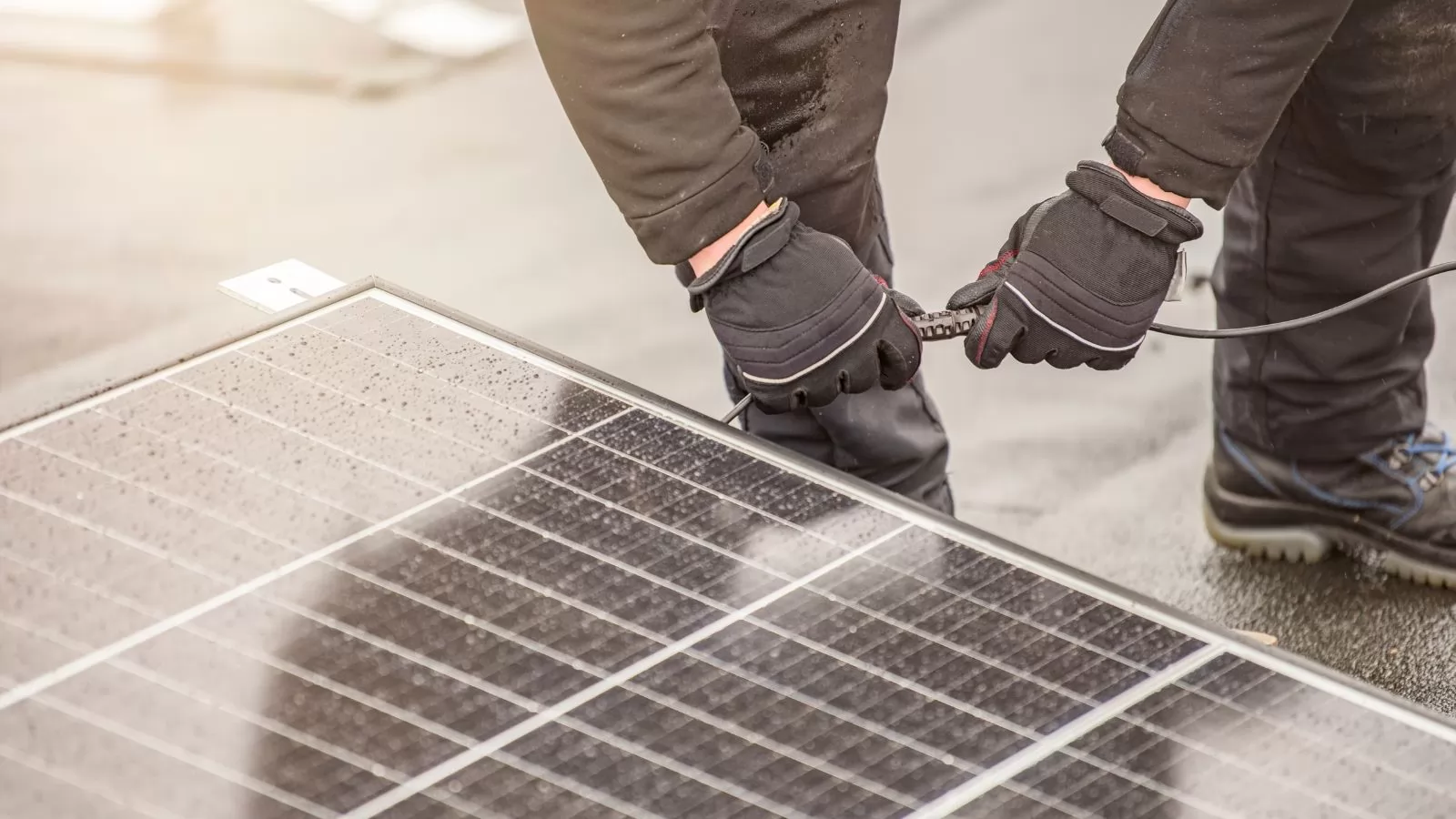
T Branch and Y Branch Connectors serve similar purposes but differ in design and application.
| Feature | T Branch Connector | Y Branch Connector |
|---|---|---|
| Design | T-shaped, robust | Y-shaped, simpler |
| Current Capacity | Up to 55A | 20–30A |
| Applications | Large PV/industrial systems | Small solar setups |
| Durability | IP68, high UV resistance | IP67, moderate resistance |
| Cost | Higher | Lower |
T Branch Connectors are ideal for high-performance systems, while Y Branch Connectors suit budget-conscious, smaller projects.
Safety is paramount when working with T Branch Connectors. Key considerations include:
Handa Power’s connectors are designed with safety-first features, such as secure locking mechanisms and high insulation.
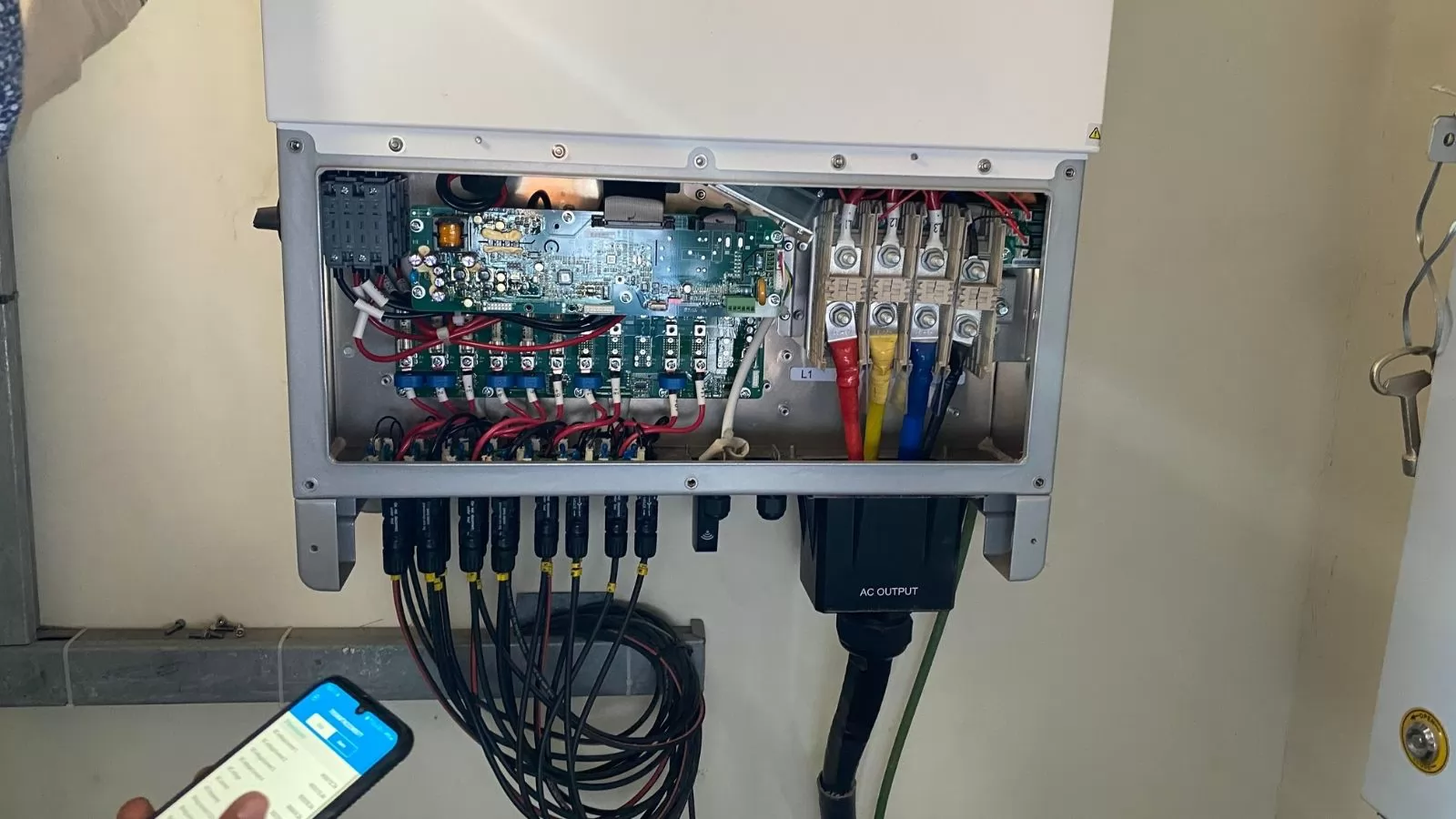
The T Branch Connector market is evolving with the global renewable energy boom. Current trends include:
Future innovations may include AI-driven connector diagnostics and modular designs for rapid deployment.
Real-world applications highlight the value of T Branch Connectors:
| Project | Location | Application | Outcome |
|---|---|---|---|
| Residential Solar Array | California, USA | 2-to-1 T Branch Connectors | Reduced installation time by 25% |
| Utility-Scale PV Farm | India | 3-to-1 Connectors | Increased system efficiency by 15% |
| Off-Grid Water Pump | Kenya | Custom Connectors | Reliable power in harsh conditions |
Handa Power’s connectors were used in similar projects, delivering consistent performance.
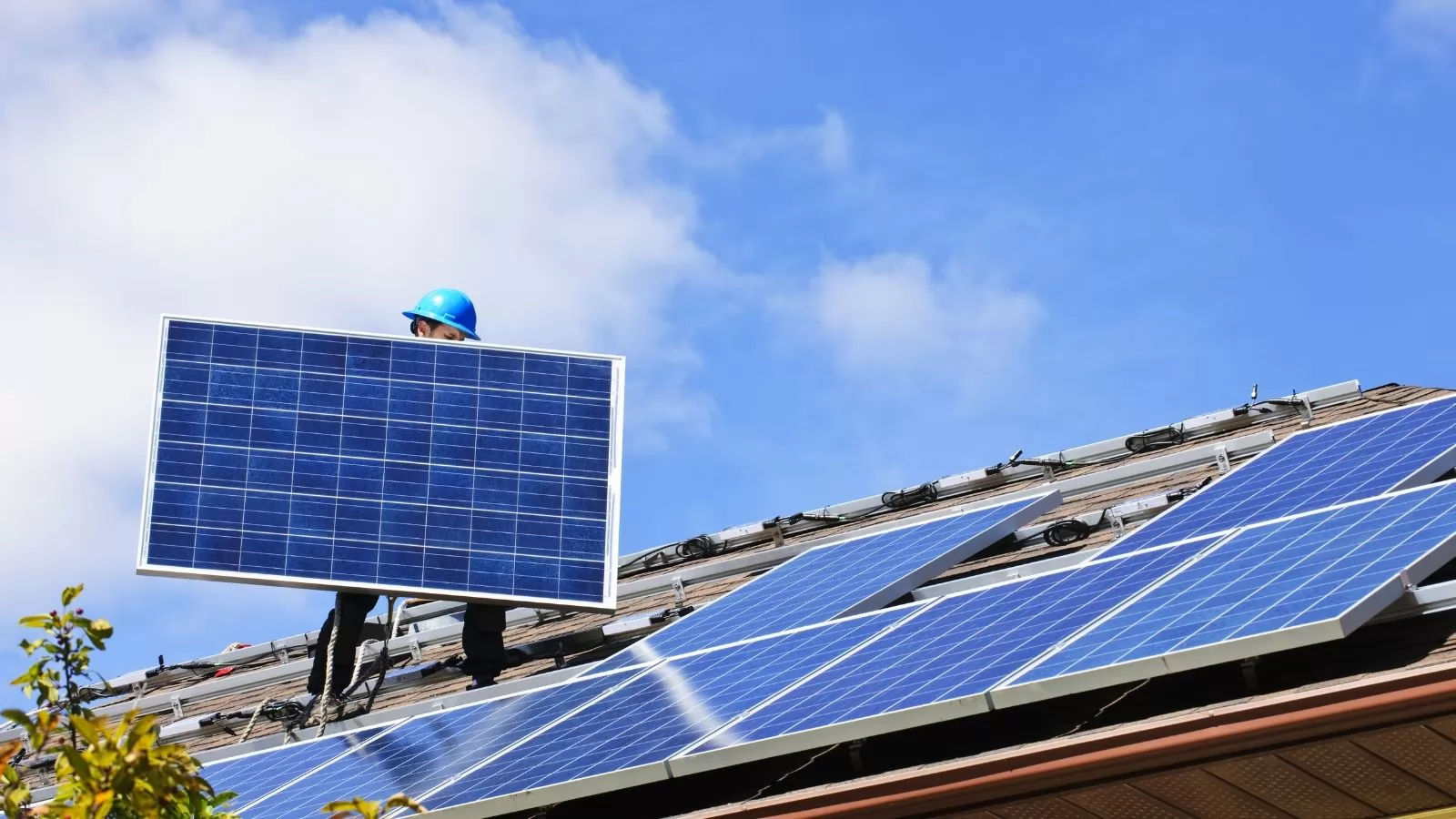
Handa Power is dedicated to advancing solar technology. Visit www.handaconnector.com or contact us for expert guidance and tailored solutions.
Discover this amazing content and share it with your network!

